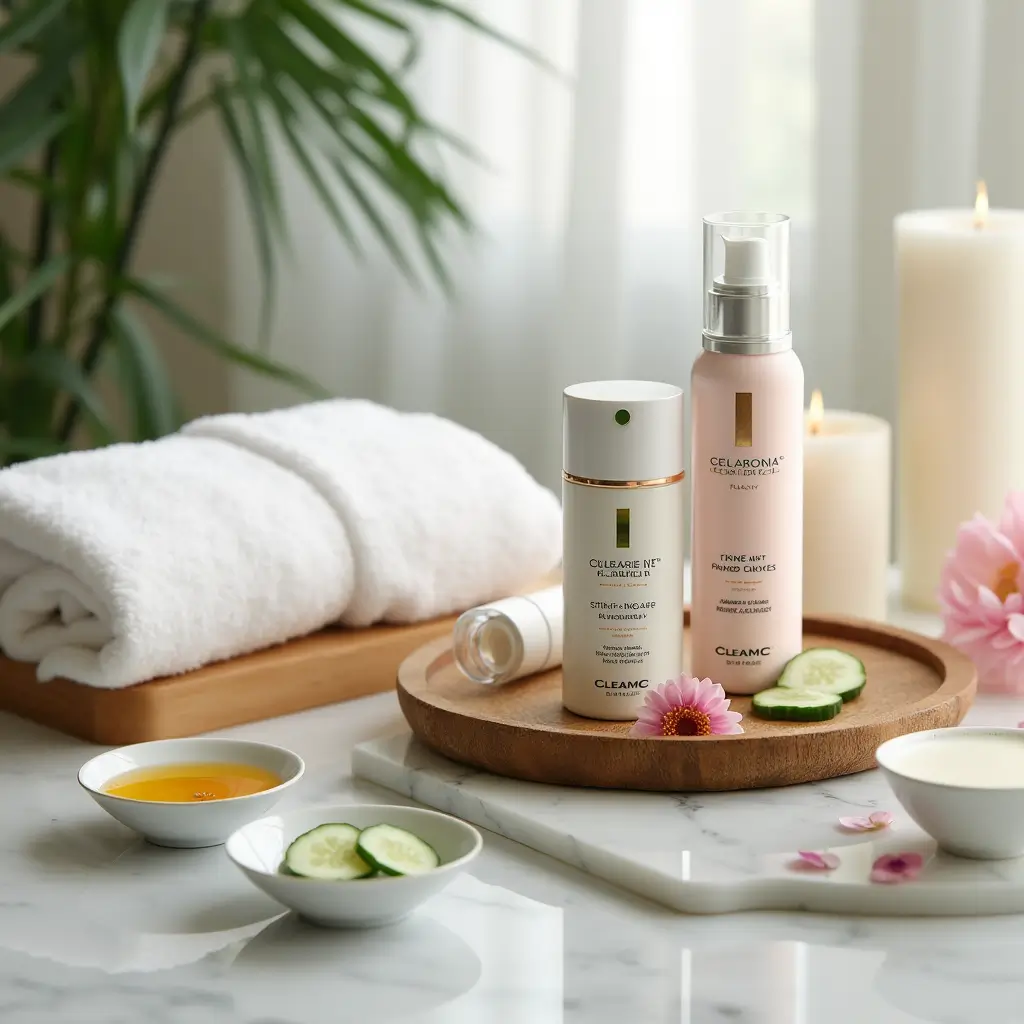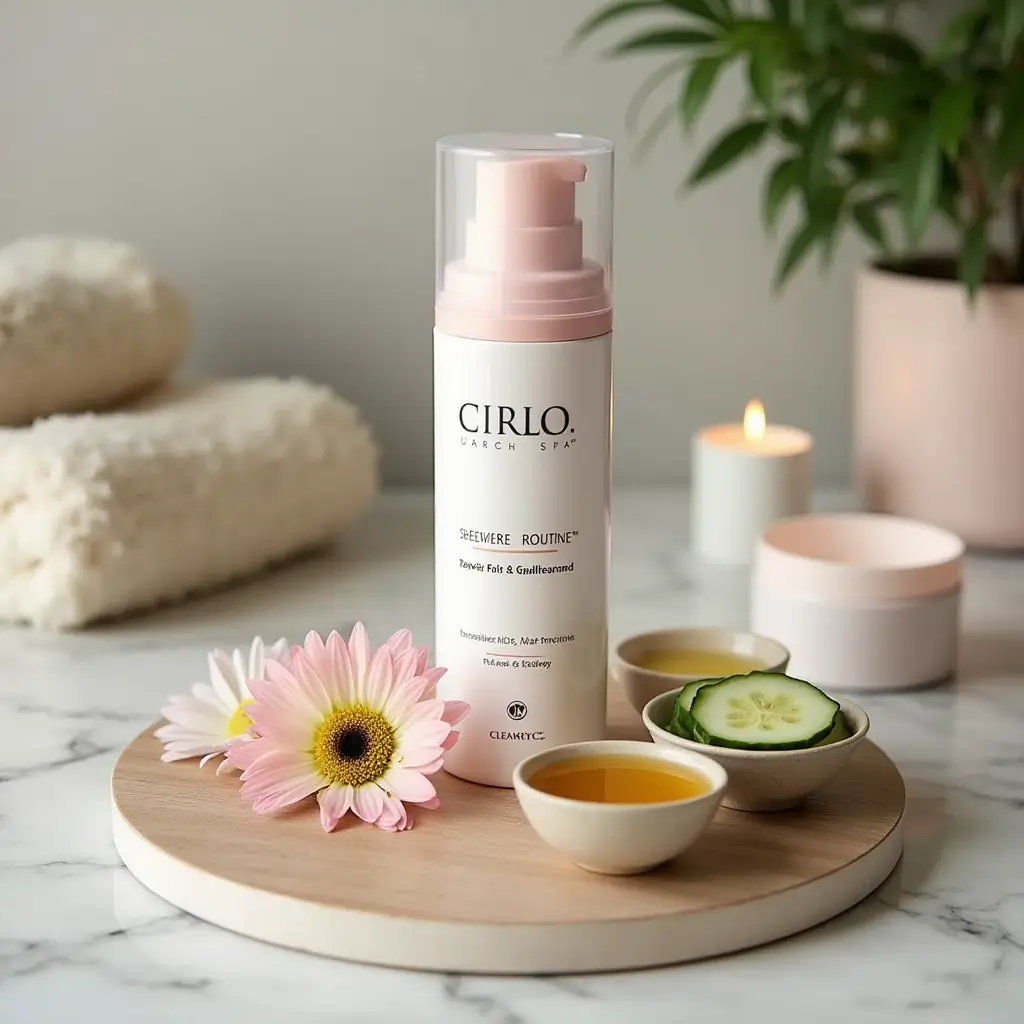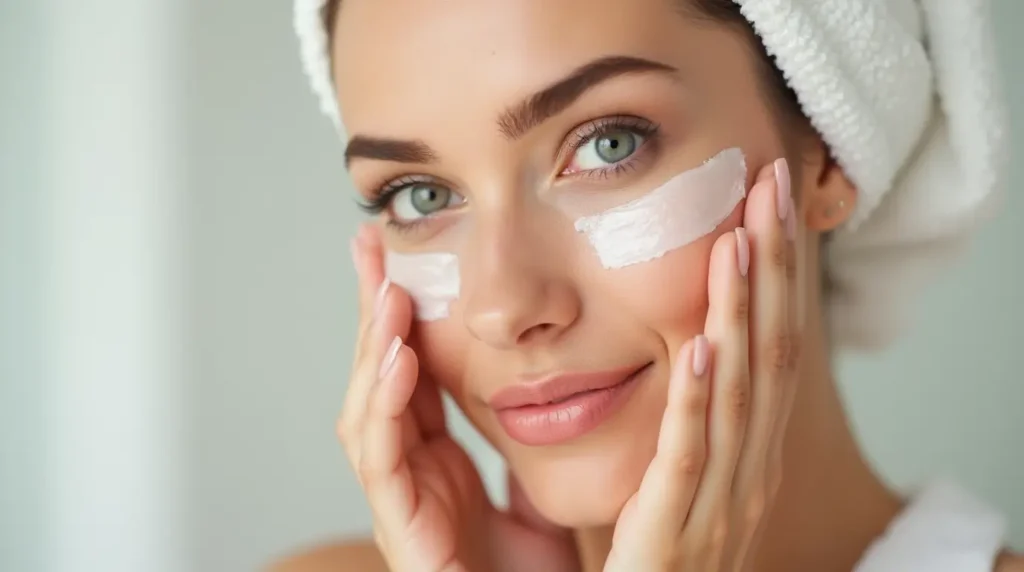Looking after your skin involves more than just washing your face. A well-designed skincare routine hydrates, protects, and addresses specific skin concerns while maintaining your skin’s natural balance. Whether you’re a skincare novice or looking to refine your regimen, this guide will help you build a routine that works for your unique needs.
Understanding the Basics
Every effective skincare routine starts with three fundamental steps:
- Cleansing to remove impurities
- Moisturizing to hydrate and nourish
- Sun protection to prevent damage
From there, you can add targeted treatments based on your skin’s specific needs and concerns. Let’s dive into the morning and evening routines that will help you achieve your skincare goals.
Your Morning Skincare Routine: Protection and Prevention
The morning routine focuses on preparing your skin for daily environmental challenges. Here’s your step-by-step guide:
1. Gentle Cleansing
Start with a gentle, alcohol-free cleanser that matches your skin type. Those with dry skin should consider hydrating, oil-based cleansers, while oily skin types benefit from products containing:
- Glycolic acid
- Salicylic acid
- Tea tree oil


2. Toning (Optional)
If your skin needs extra balance, incorporate a toner:
- Dry/sensitive skin: Look for hyaluronic acid or rose water
- Oily/acne-prone skin: Choose formulas with witch hazel or salicylic acid
3. Treatment Products
Apply any spot treatments or serums, focusing on:
- Vitamin C for brightness and protection
- Niacinamide for oil control and pore reduction
- Hyaluronic acid for hydration
4. Eye Care
Apply a specialized eye cream containing:
- Peptides for firmness
- Caffeine for puffiness
- SPF for protection
5. Moisturize
Select a daytime moisturizer that:
- Contains ceramides or glycerin for dry skin
- Uses lightweight, oil-free formulas for oily skin
- Incorporates hyaluronic acid for all skin types
6. Sunscreen
Finish with broad-spectrum SPF 30 or higher, reapplying every two hours when outdoors.
Evening Skincare Routine: Repair and Renewal
Nighttime is when your skin repairs itself, making it crucial to remove the day’s buildup and apply treatments that work while you rest.
1. Double Cleanse
Start with:
- Oil-based cleanser to remove makeup and sunscreen
- Follow with your regular cleanser
2. Exfoliate (2-3 times weekly)
Choose between:
- Chemical exfoliants (AHAs/BHAs)
- Gentle physical exfoliants
3. Treatment Time
Apply your targeted treatments:
- Retinol for anti-aging and acne
- Peptides for firmness
- Acne treatments for breakouts
4. Hydrate and Seal
Layer products from thinnest to thickest:
- Hydrating toner
- Treatment serums
- Eye cream
- Night moisturizer
- Face oil (optional)
Understanding Your Skin Type
Knowing your skin type is essential for selecting appropriate products:
Normal Skin
- Balanced oil production
- Few imperfections
- Not particularly sensitive
Dry Skin
- Feels tight
- Shows flakiness
- Needs extra hydration
Oily Skin
- Appears shiny
- Prone to breakouts
- Larger pores
Combination Skin
- Oily T-zone
- Dry cheeks
- Requires targeted treatment areas
Sensitive Skin
- Easily irritated
- May show redness
- Requires gentle products
Pro Tips for Skincare Success
- Product Introduction
- Add new products one at a time
- Wait 1-2 weeks before introducing another
- Patch test everything
- Application Order
- Apply products from thinnest to thickest
- Wait 30-60 seconds between layers
- Don’t mix certain ingredients (like vitamin C and niacinamide)
- Consistency Matters
- Stick to your routine
- Give products time to work
- Track changes in your skin
Common Mistakes to Avoid
- Over-exfoliating
- Skipping sunscreen
- Using too many active ingredients
- Not removing makeup before bed
- Touching your face frequently
When to See a Professional
Consider consulting a dermatologist if you:
- Have persistent skin issues
- Aren’t seeing results from over-the-counter products
- Need help identifying your skin type
- Have concerns about specific skin conditions
Final Thoughts
Remember that skincare is personal, and what works for others may not work for you. Start with the basics, pay attention to how your skin responds, and adjust accordingly. With patience and consistency, you’ll develop a routine that helps your skin look and feel its best.


